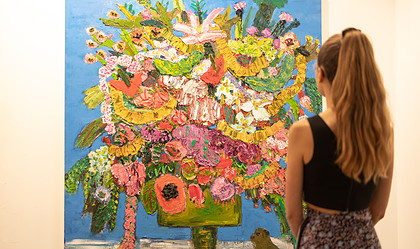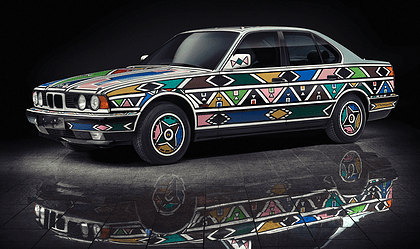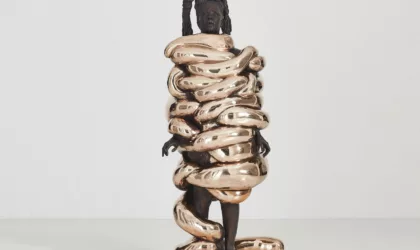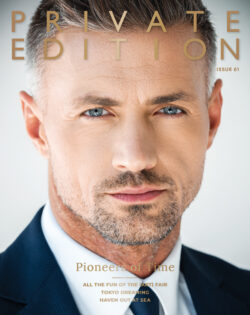In this country an interest in the arts isn’t a prerequisite for recognising the name Roger Ballen. For many, the award-winning photographer’s name is most synonymous with powerful, disturbing, and often bleak portraits of the inhabitants of our platteland, captured by Ballen at the time of apartheid’s abolition. For younger generations, 2012’s music video collaboration, I Fink You Freeky, with cult South African band Die Antwoord, served as a pop-culture introduction to many of the recurring motifs in the photographer’s work. With more than 181 million YouTube views, the video’s visuals are testimony to the power of all that is Ballenesque. A decade later, and any South African still ignorantly unaware of Roger Ballen was given little chance in 2022 but to sit up and take notice.
It was an important year for the photographer. He was one of a handful of artists selected to represent South Africa at the Venice Biennale Arte 2022. It is an honour that speaks volumes about the contribution the New York-born artist has made to local photography over the four decades he has chosen to call South Africa home. His year was also bookended – quite literally – by the rerelease of two monographs previously published on his work: Boyhood, his first ever publication, and Ballenesque: Roger Ballen A Retrospective, republished in paperback format. A must-have addition to any art lover’s library, the latter beautifully curates, in chronological order, the photographer’s journey into the depths of the human mind.
The kernels of Ballen’s present-day conceptual explorations are apparent in early works, like his 1993 portrait of adult twins Dresie and Casie, photographed in the then Transvaal. The image is arguably the poster child for a body of work that considers the apartheid government’s ironic failure to secure the wellbeing of its country’s minority. Thirty years on and the image is as potent as ever, one that Ballen regards as a standout amongst the many portraits from his Platteland and Outland series reproduced in the book. “This is the image that I will probably be most remembered for,” he says. “Millions of people have seen it; few have forgotten it.” The themes of marginalisation and alienation explored in such early portraiture have evolved in the last thirty years into recurring motifs that examine the fears of our collective psyche.
His works from the past two decades increasingly exist in the overlaps of photography, installation, painting and drawing, and are populated by representations of the macabre. In the series like Boarding House and Asylum Of The Birds, naïve drawings in chalk or charcoal on windowless walls coexist alongside dolls, ‘dismembered’ body parts and animals. “The idea of using drawings in my photographs came about as a result of interaction with my subjects, many of whom would regularly draw on the walls of their rooms,” explains Ballen. Animals, too, have with time become integral to Ballen’s imagery, be they dogs, cats, rabbits, mice or rats. “Beginning with the Outland project in the mid-1990s, I started to photograph birds, not in their natural environment but in the homes of people who kept them as pets. Birds are not seen flying in the heavens but being bound to the confines of human habitation.”
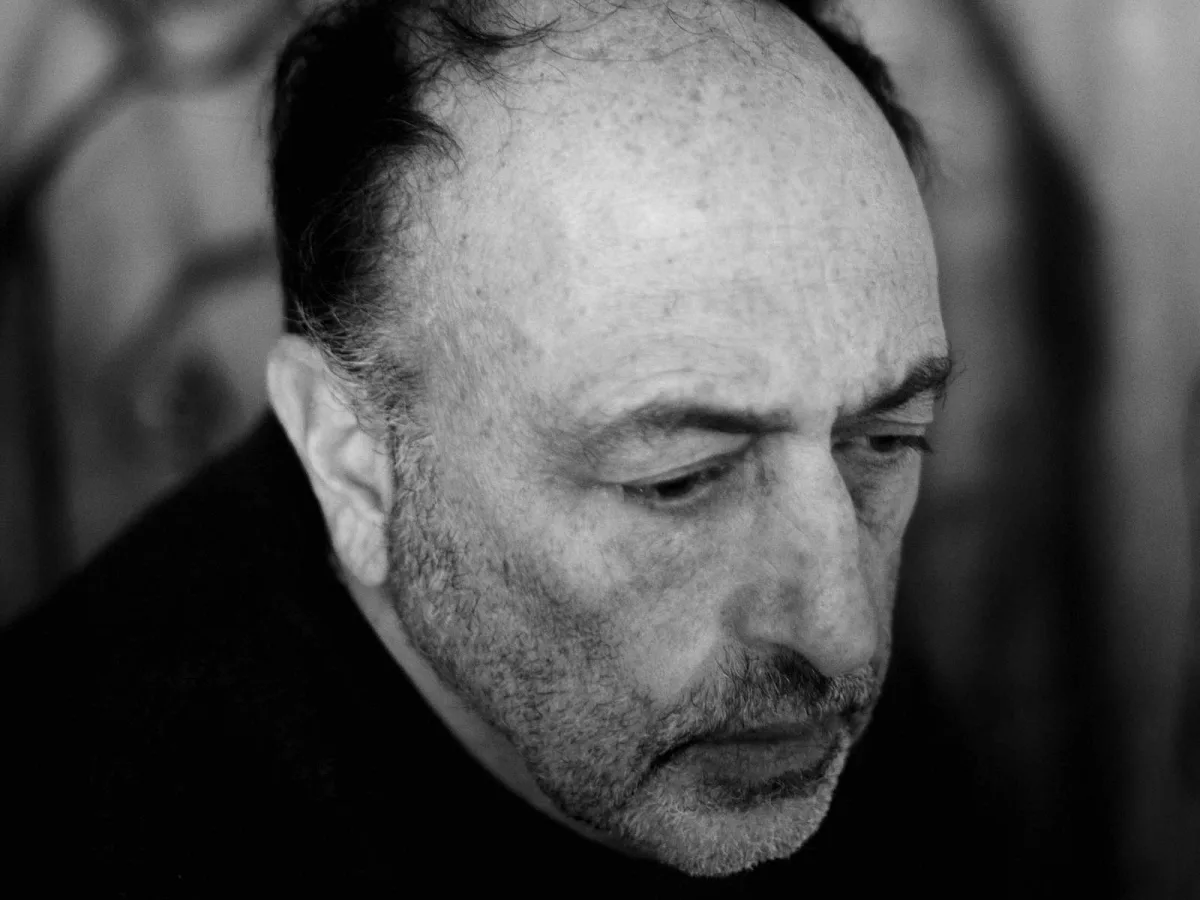
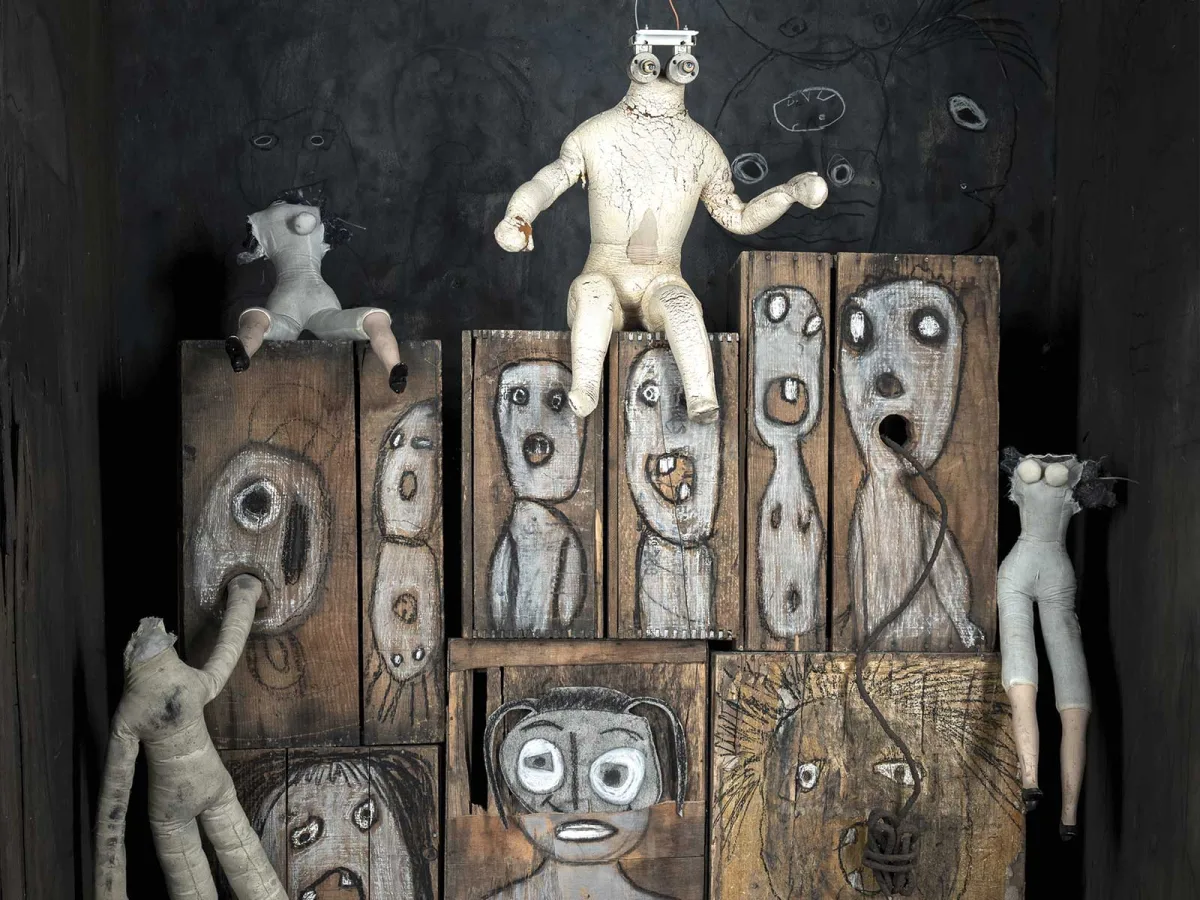
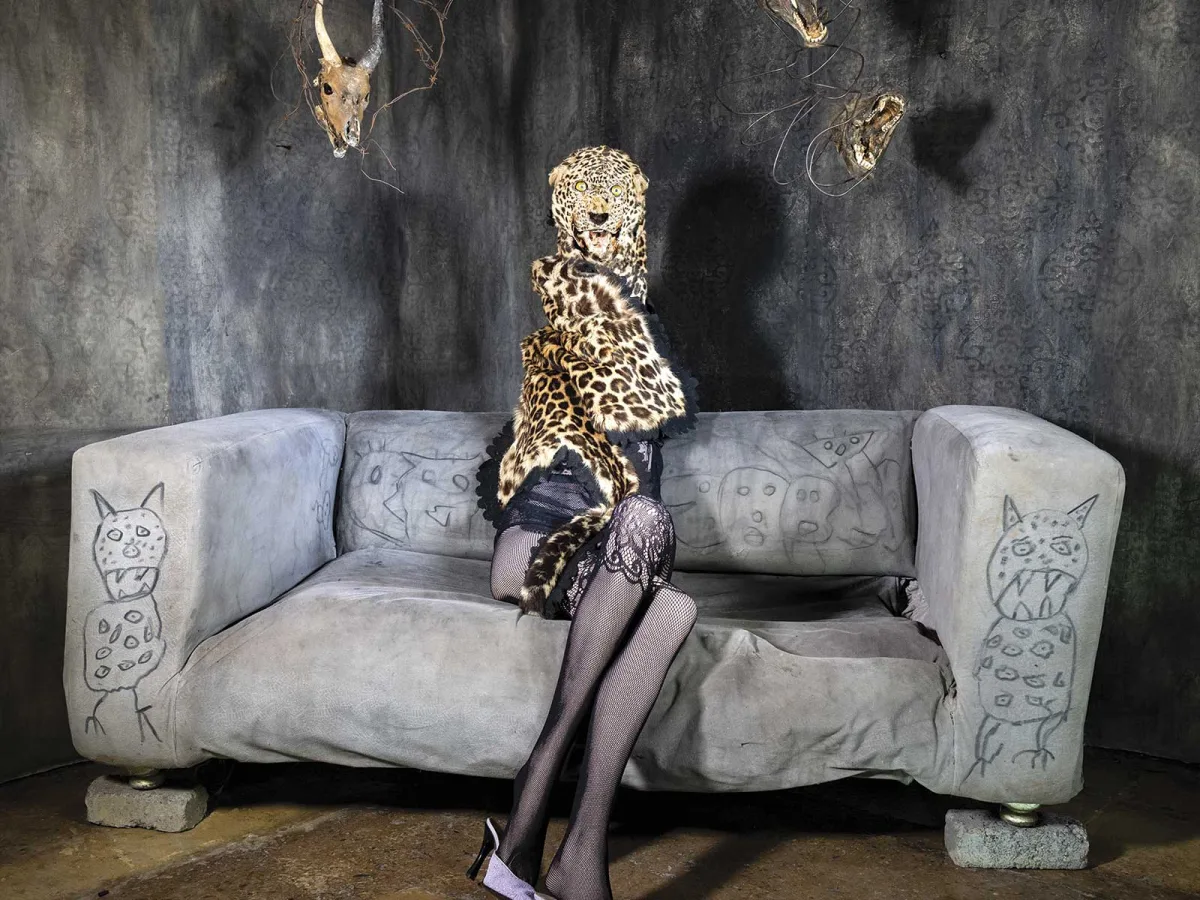
The human environment has been an ongoing fascination of Ballen’s, and is apparent in its most recognisable form in his 1986 series published in Dorps: Small Towns of South Africa. “Most photographers, both professional and amateur, are obsessed by the foreground of an image, by what the lens is focused on. Contrarily, I have tended to start more with the background, with the express intention of later unifying the photograph. Ultimately, every element in an image, as in nature, must be present for a particular reason, contributing to a larger whole.” Of the series published in the book, he says, “I went inside, metaphorically and literally. In the hinterland of South Africa my aesthetic was born.” The shallow depth of field, windowless interiors and walls adorned with family photographs, calendars, religious iconography or crudely strung wires that characterise his series from the 1980s and 1990s continue to manifest in abstracted ways in series like Ah Rats of 2014. Here, the space between the camera and the wall is greatly narrowed, and the wall becomes a collage-like layering of texture, paper, fabric and drawing.
“Archetypal symbols from the deepest level of the subconscious pervade my photographs. This place cannot be tamed; it has its own rules and functions according to its own laws,” reflects Ballen of the increasingly disturbing images that define his more recent work, and subsequently the latter chapters in Ballenesque: Roger Ballen A Retrospective. “My photographs are intended to break down the boundaries of logic and language and in so doing, shatter the enclosing walls of habit and fear. Most people do not forget my work; it has the uncanny ability to transform their state of being.”
Ballenesque: Roger Ballen A Retrospective (Thames & Hudson) is available at leading bookstores.
by Martin Jacobs
